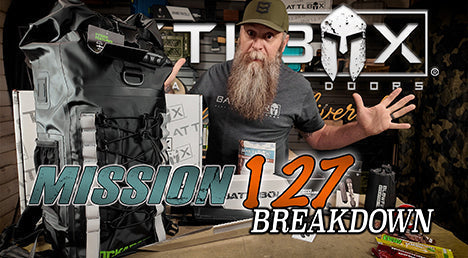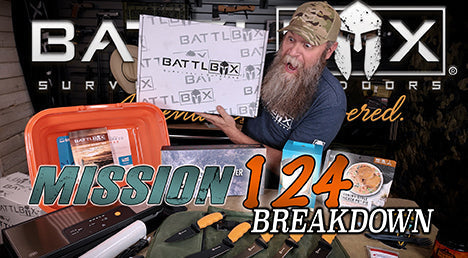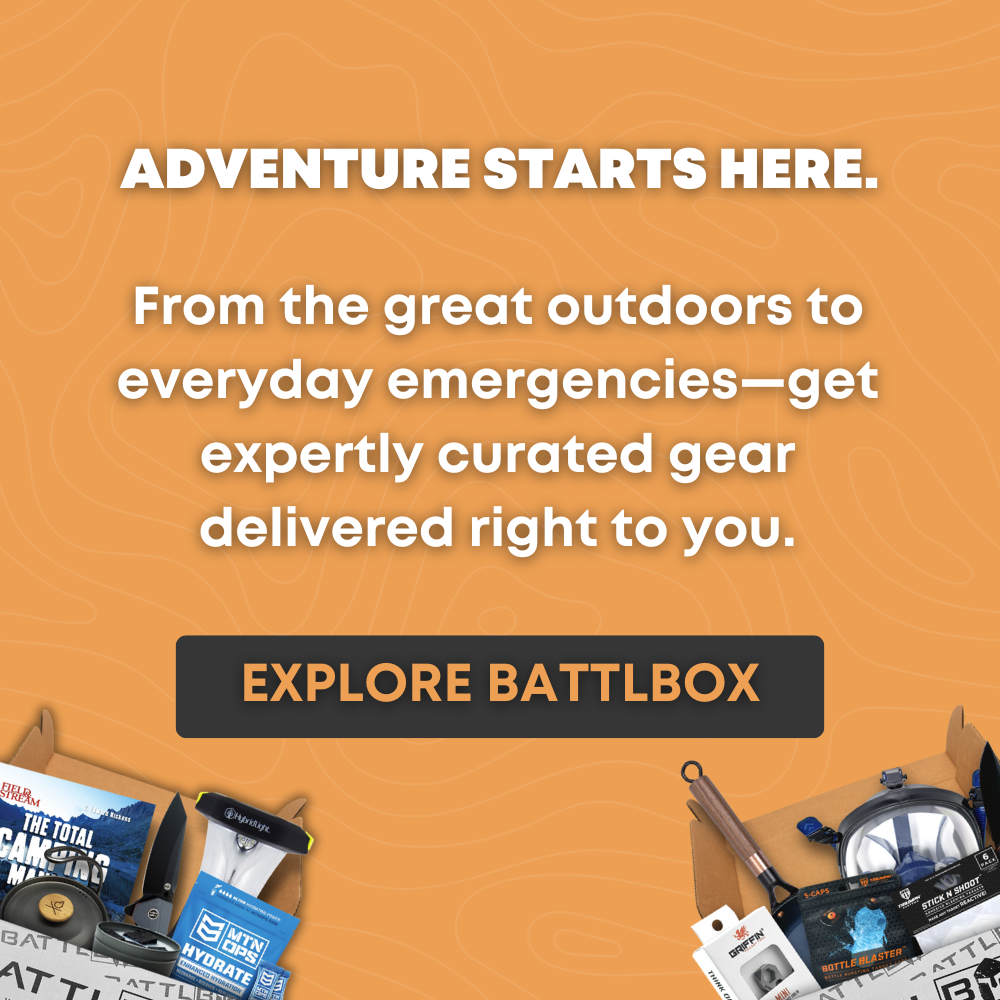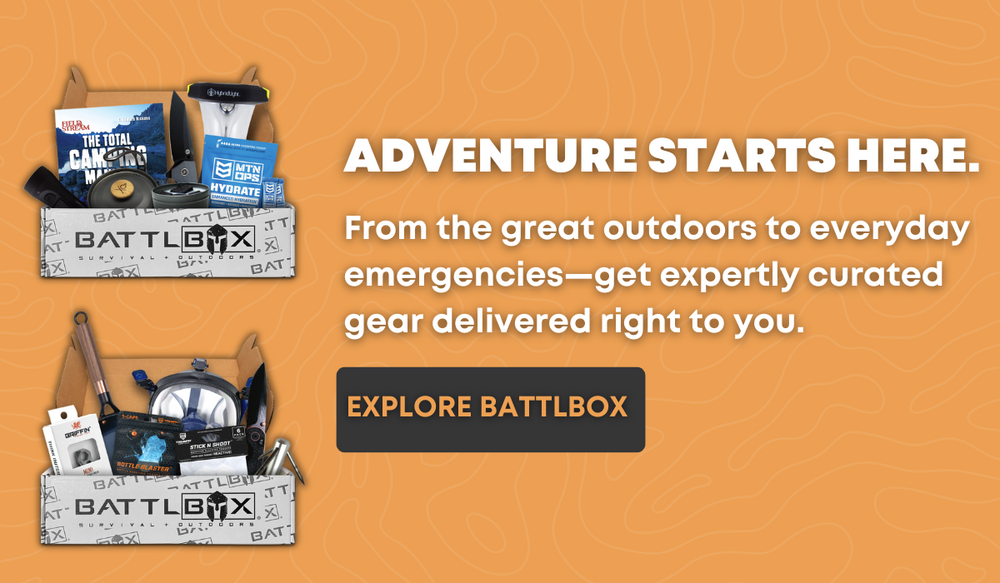Walter Hix
Mountaineering Prep: What you need to bring and know
Are you getting ready for your first mountaineering trip? Mountaineering training is imperative for you. The mountaineering training will help you acquire all the essential technical skills. If your body isn't prepared for it, you won’t be able to make that to the summit. Practicing different exercises for mountaineering would help in making your body mountaineering ready.
Most people don't know where to start when it's to mountaineering prep. Here in this article, we have brought everything from training for mountaineering to what you need to bring for the expedition to help you here.
So, here we go:
A Guide to mountaineering training
Here are a few general steps that you need to follow for any mountaineering training plan:
- Firstly, assess your present fitness level. You can also consider your physical health evaluation from certified training before getting into mountaineering training.
- Now consider the physical requirement regarding training for mountaineering. Think of excessive backpacking because you need to carry heavy loads. In addition, you must know about gaining altitude, ascending steep terrain, etc. Always assess your mountaineering training needs carefully because every expedition differs from others.
- After assessing your fitness level and training for mountaineering needs, it’s time to decide how to approach mountaineering training. You can contact a certified trainer to get a personalized training plan. The plan will include everything from your diet to the exercises for mountaineering.
- A personalized mountaineering training plan would include multiple things. For instance, Interval sessions, cardio workouts, endurance, and strength exercises, hiking days, flexibility, and balance.
Mountaineering prep: Essentials to pack for your mountaineering.
After mountaineering training, you want to go out for a mountaineering expedition. Exercises for climbing aren't enough to go out in the backcountry. Having everything you need to climb can make the difference here. When it’s about packing for mountaineering, there is a delicate balance between avoiding excess weight and having all essentials. Here we have included a list of essentials for mountaineering that you must pack with you.
So, here we go:
Mountaineering equipment
To have a successful mountain climbing experience, you must pack all the essential mountaineering equipment. The right equipment will make your mountaineering trip easier, safer, and more enjoyable.
Here we have enlisted some of the most important mountaineering equipment to pack:
- Climbing pack
- Climbing harness
- Ice Axe
- Crampons
- Belay device
- Carabiners
- Rope
- Crevasse rescue gear
- Avalanche rescue gears
Headlamp with extra batteries
Typically, mountaineering adventures consist of pre-down starts to reach the target peak summits and get back within enough time. However, a headlamp with a few extra batteries can aid in a successful ascent and return home earlier.
A tent with a thermal sleeping bag
Although various popular mountaineering destinations have refuges or huts on slopes, you may occasionally be required to camp in the mountains. Therefore, packing a four-season tent would be a better option here.
Besides that, bring a thermal sleeping bag with you. When buying a sleeping bag, consider the quality and comfort ratings to make the right choice.
You should also consider buying a sleeping pad. It will provide added insulation and padding when using the sleeping bag.
Clothing essentials
Besides bringing all the mountaineering equipment, packing the right clothes is also important. The weather is always unpredictable if you plan to go for higher elevations. So, it would be better to dress up yourself in layers. The practice will make the transition easier. Here are the clothing essentials that you should plan for your expedition:
- Hiking and liner socks
- Gaiters
- Mountaineering boots
- Sandals or street shoes for base camp
- Balaclava and Neck gaiter
- Mountaineering helmet
- Mountaineering goggles
- Category 4 sunglasses
- Knit cap and sunhat
- Base layer bottom and top
- Softshell and hardshell pants
- Lightweight insulated jacket
- T-shirts, trousers, and shorts
- Insulated down parka
- Mountaineering and liner gloves
- Underwear and nightwear
Items to eat and drink
When packing for mountaineering, you must list the food items for the planned menu. In addition, you will also need to bring the right tools to cook your meals throughout the expedition. Keeping where you are planning to go in mind is imperative to plan all of your meals.
- For instance, if you want to climb high altitudes, don't bring food items that freeze easily. Otherwise, it will get harder to cook and eat. If your journey expands, it is always better to bring extra food supplies to manage.
- Consult with your mountaineering guide to know how much water your expedition needs. Then plan accordingly.
- If you are planning long trips to the backcountry, packing enough water wouldn’t be possible. Then keeping water purification tablets in your bag would be an idea.
- You must keep some energy snacks with you too. It may consist of energy bars, power gels, trail mix, energy drink mix, etc.
Having many high-protein snacks would make it easier to refuel when climbing.
Backpacking stove
Taking a backpacking stove and fuel is imperative for your mountaineering trip. It will help you to cook food and heat water.
You can choose between liquid-fueled or gas-fueled stoves per your feasibility and preference.
Toiletries and first-aid
It is always important to have a personal first-aid kit. Keep sanitizer, blister pads, analgesic painkillers, sticking plasters, or any personal medication in this kit. Also, add matches or a lighter with a fire starter in a waterproof bag.
In addition, you should also pack your toiletries with you in a bag, including everything from soap to toothbrush, lip balm, and more.
Navigation tools
Even though mountain guides provide a route plan for mountaineering, you should always be well-prepared. It means keeping navigation tools with you, including:
- Area’s topographical map
- Altimeter
- Local guidebook
- Compass
Besides these navigation tools, you must keep some paperwork with you. It may include a permit, cash, ID card, and credit card.
Final Thoughts
Mountaineering training is imperative to get prepared mentally and physically for the sport. Your training for mountaineering will help you reach your climbing goals steadily throughout the adventure. However, the essentials we have enlisted to keep in your backpack will also help you have a seamless mountaineering expedition in the best possible way.
Image by Steven Weirather from Pixabay
Share on:

















